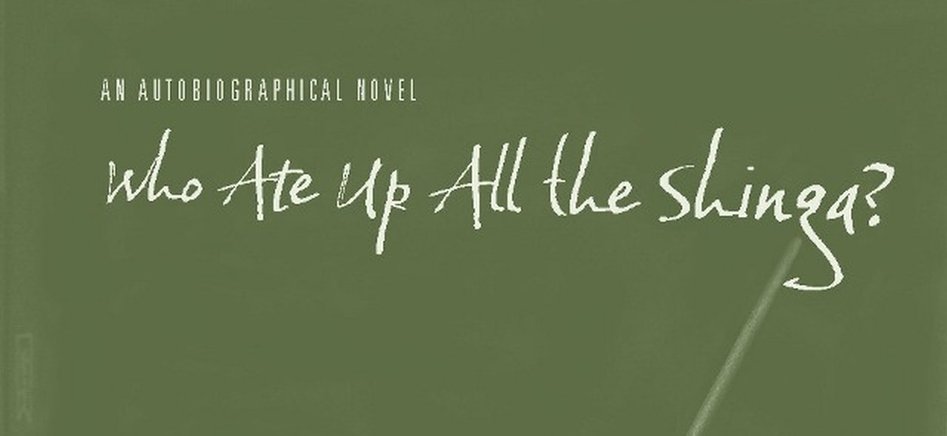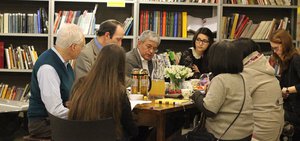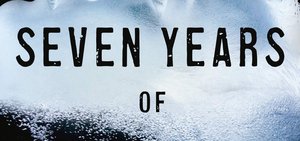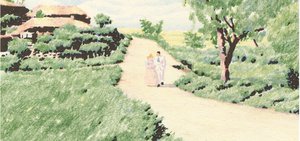70 Years On – The Korean War in Literature

The Korean War's 70th anniversary
To mark the 70th anniversary of the Korean War, here is a list of recommended books on the Korean War.
Trees on a Slope by Hwang Sun-won
Trees on a Slope (1960) by Hwang Sun-won is a novel about the psychological impact of the Korean War. It begins at a late stage in the conflict and ends in Seoul as the characters adapt to civilian life after the 1953 ceasefire. Hwang Sun-won (1915-2000) is one of modern Korea's masters of narrative prose. Trees on a Slope (1960) is his most accomplished novel--one of the few Korean novels to describe in detail the physical and psychological horrors of the Korean War. It is an assured, forceful depiction of three young soldiers in the South Korean army during the latter stages of the war.
DMZ Colony by Choi Don-Mee
Woven from poems, prose, photographs, and drawings, Don Mee Choi's DMZ Colony is a tour de force of personal and political reckoning set over eight acts. Evincing the power of translation as a poetic device to navigate historical and linguistic borders, it explores Edward Said's notion of "the intertwined and overlapping histories" in regards to South Korea and the United States through innovative deployments of voice, story, and poetics. Like its sister book, Hardly War, it holds history accountable, its very presence a resistance to empire and a hope in humankind. Here are excerpts from DMZ Colony from Grata.
House with a Sunken Courtyard by Kim Won-Il
An occasionally terrifying and always vivid portrayal of what it was like to live as a refugee immediately after the end of the Korean War. This novel is based on the author's own experience in his early teens in Daegu, in 1954, and depicts six families that survive the hard times together in the same house, weathering the tiny conflicts of interest and rivalries that spring up in such close quarters, but nonetheless offering one another sympathy and encouragement as fellow sufferers of the same national misfortune: brothers and sisters in privation.
Who Ate Up All the Shinga? by Park Wansuh
One of Korea’s foremost authors, Park Wan-Suh has published more than 20 books. Who Ate Up All the Shinga?, written in 1992 translated, sits somewhere between novel and autobiography, and tells the story of the author’s upbringing during one of the most turbulent years in her country’s history. From a child’s perspective, Park shows Japan’s colonial occupation reaching into the remotest parts of the countryside. The writer’s adolescent years then find her family caught in the ideological crossfire of the civil war, first praised then persecuted for their leftist sympathies. The struggle of an entire people seems concentrated in the figure of Park’s headstrong mother. Lyrical in its descriptions of village life, this gripping book is written with a confessional chattiness that contrasts with the hardships it describes.
The Square by Choi In-Hun
Choi is best known for his 1960 novel "The Square," one of the first literary works that squarely confronted the reality of national division. It tells the story of a young man who is squeezed in an ideological conflict, refusing to align himself with either South or North.The medium-length "The Square" was first published in a literary magazine seven months after the April 19 pro-democracy uprising, which toppled the authoritarian Rhee Syng-man government.Right after its release, the novel became a sensation in and out of the literary scene. It is still read by many Koreans, considered a landmark work that opened a new horizon in post-war Korean literature. It is the novel included in the largest number of high school literature textbooks.




